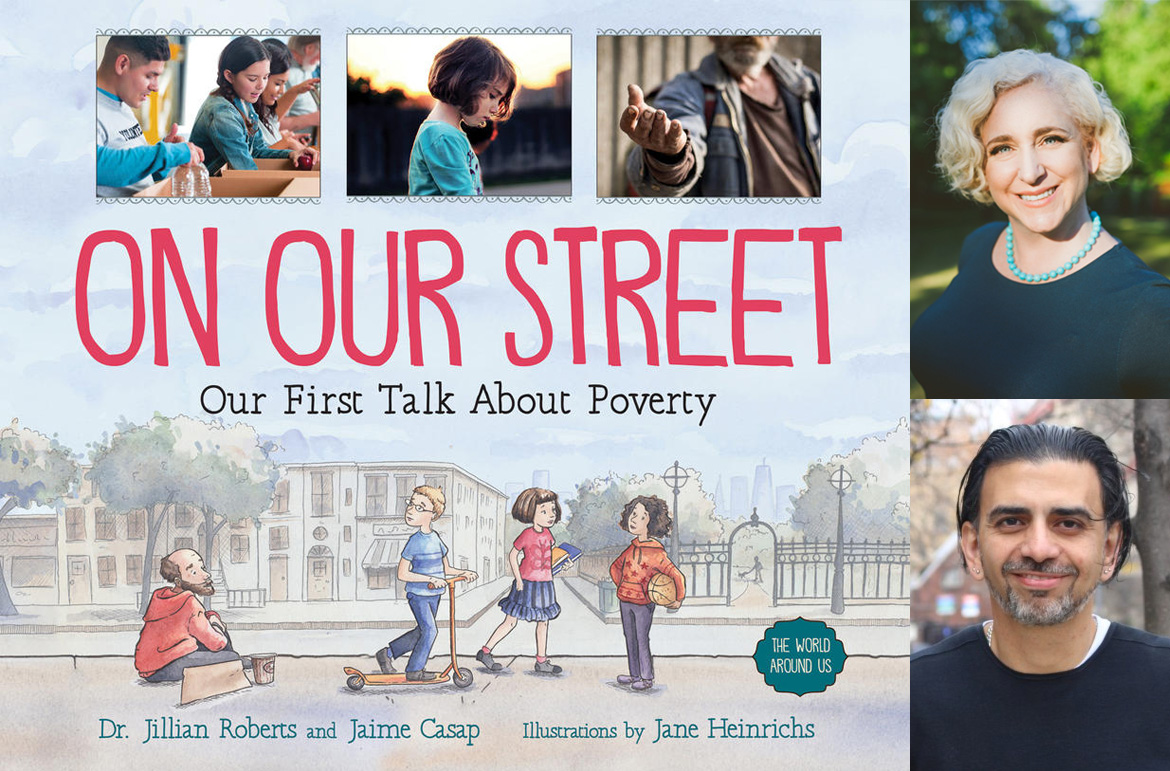 Benny Doesn’t Like to be Hugged [by Zetta Elliot; Illustrated by Purple Wong] is about the difficulties kids with Autism can experience. The book is written from Benny’s friends’ perspectives. Vibrant images depicting kids with autism interacting with friends and the acceptance of these friends of autism are illustrated by Purple Wong. The story will help young students to understand what autism is and to accept and befriend fellow classmates with autism. This is an easy-to-read book with each page containing only a few sentences and colourful illustrations. The author Zetta Elliott describes why she wrote this book at the end and provides helpful links for teachers and parents wanting to learn more about autism.
Benny Doesn’t Like to be Hugged [by Zetta Elliot; Illustrated by Purple Wong] is about the difficulties kids with Autism can experience. The book is written from Benny’s friends’ perspectives. Vibrant images depicting kids with autism interacting with friends and the acceptance of these friends of autism are illustrated by Purple Wong. The story will help young students to understand what autism is and to accept and befriend fellow classmates with autism. This is an easy-to-read book with each page containing only a few sentences and colourful illustrations. The author Zetta Elliott describes why she wrote this book at the end and provides helpful links for teachers and parents wanting to learn more about autism.

On Our Street: Our First Talk About Poverty [by Dr. Jillian Roberts and Jaime Casap; Illustrated by Jane Heinrichs] is a great resource for students in elementary school learning about what poverty is. This book provides illustrations, photographs and facts from reputable resources. Teachers will be able to use this book to help children understand what poverty means and what questions they should ask to find out more information about poverty. It helps children become more aware and compassionate towards their fellow classmates and see what people in poverty go through in daily life.

How to Think Like a Coder Without Even Trying [by Jim Christian] is an excellent resource book for young students to learn coding. The basic terminology for coding is covered in this book. Teachers can also use this book as a resource to teach younger students. With illustrations and activities included, enticing kids to learning this new language will be easy. This resource is a great way to start young kids on the language of coding, especially in this technology era!

Creating A Culture of Support for Teacher Leaders: Action for Change and Hope [by Rosemary Gornik and Wendy L. Samford] discusses how teachers help shape our youth by the type of environment they bring to the classroom. This book is a compilation of various essays by scholars in the teaching field, either K-12 or University/College. Each essay features a story about teachers, their leadership experiences and how they have incorporated these leadership skills into their practices. This book is inspirational in supporting teachers to hone their leadership skills in classroom settings. It also provides a way for teachers to share their leadership stories with others.
 “Because who we are shapes how we learn and the ways we teach…” A Primer for Teaching Environmental History: Ten Design Principles [by Emily Wakild and Michelle K. Berry] offers suggestions on teaching Environmental History. This book also considers a student learning perspective and ways for teachers to adapt to this while creating a more conducive teaching environment. This book is a great resource for teachers to create a curriculum on Environmental History in science. Through a series of in-depth exercises on how to teach environment, Wakild and Berry go to extensive lengths to make environmental history enjoyable for all!
“Because who we are shapes how we learn and the ways we teach…” A Primer for Teaching Environmental History: Ten Design Principles [by Emily Wakild and Michelle K. Berry] offers suggestions on teaching Environmental History. This book also considers a student learning perspective and ways for teachers to adapt to this while creating a more conducive teaching environment. This book is a great resource for teachers to create a curriculum on Environmental History in science. Through a series of in-depth exercises on how to teach environment, Wakild and Berry go to extensive lengths to make environmental history enjoyable for all!
